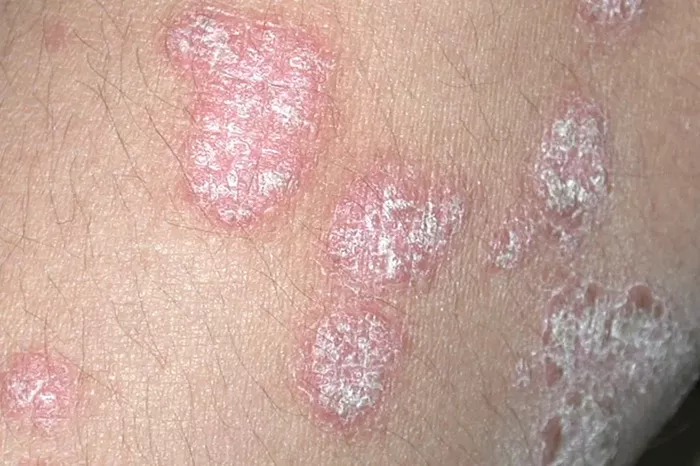Scientists may have discovered a significant underlying cause of psoriasis, a chronic skin condition affecting 2–3% of the global population. Characterized by red, scaly patches, psoriasis can severely impact quality of life and, in some cases, be life-threatening.
A recent study published in Nature Communications suggests that the hormone hepcidin may trigger the onset of psoriasis. This is the first time hepcidin has been linked as a potential causal factor in the disease. Hepcidin plays a crucial role in regulating iron levels within the body.
Led by an international team including Dr. Charareh Pourzand from the University of Bath’s Department of Life Sciences, the research aims to pave the way for new treatments that could inhibit the action of hepcidin. The findings are particularly promising for patients suffering from pustular psoriasis (PP), a severe and often treatment-resistant form of the disease affecting the skin, nails, and joints.
Dr. Pourzand emphasized the impact of psoriasis, stating, “Patients face a potentially disfiguring and lifelong affliction that profoundly affects their lives, causing both physical discomfort and emotional distress. A new treatment targeting iron hormone imbalance in the skin offers hope and could significantly enhance the quality of life for millions.”
The Role of Iron in Psoriasis
Iron is an essential trace metal that supports various cellular functions, including wound healing and immune response. However, excess iron in the skin can lead to harmful effects, exacerbating UV damage and contributing to chronic conditions like psoriasis. Previous studies have noted elevated iron levels in the skin of psoriasis patients, but the underlying causes remained unclear until this research identified hepcidin as a likely contributor.
Hepcidin regulates iron absorption and release in the body, primarily produced in the liver. However, the current study reveals that it is also generated in the skin of individuals with psoriasis.
Findings from the Study
In experiments, mice genetically similar to humans developed a psoriasis-like condition after exposure to high levels of skin-produced hepcidin. This hormone excess led to increased iron retention in skin cells, triggering both hyperproliferation of skin cells and a surge of neutrophils—immune cells associated with inflammation. These characteristics are prominent in human psoriasis.
While psoriasis has genetic links, environmental factors such as obesity, infections, and smoking are also considered triggers.
Current Treatment Landscape and Future Directions
Currently, there is no cure for psoriasis, though various treatments, including topical therapies and oral medications, exist to manage symptoms. Dr. Pourzand believes targeting hepcidin could improve treatment options significantly. She suggested that controlling this hormone might help manage flare-ups and maintain remission, potentially preventing the recurrence of symptoms.
Dr. William Tillett, a senior lecturer at the University of Bath, noted the importance of this research. He stated, “The identification of hepcidin as an important factor in the disease’s development opens doors for potential new treatments and preventative measures for at-risk individuals.”
However, he cautioned that developing new drugs is a lengthy and expensive process, emphasizing the need for patients to manage their expectations.
Dr. Penelope Pratsou, a consultant dermatologist and spokesperson for the British Skin Foundation, remarked that the study provides valuable insights into psoriasis pathophysiology. She acknowledged the promise of these findings while calling for further research to fully understand hepcidin’s role and its potential as a treatment target.
Related topic:
How Do You Get Rid Of Freckles In Singapore?
How Can I Make My Skin Healthy?


